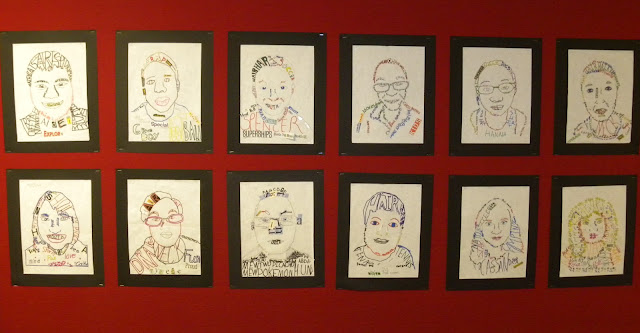I feel very
fortunate to have been placed with talented art educators that I admire. They
are passionate about teaching art and have provided me with many resources that
I will bring into my own classroom. I have had the opportunity to overcome
several challenges and feel that I have learned a great deal about being an effective
art educator.
The opportunity to
put together a great set of successful lesson plans has also been of benefit
and I was able to add some helpful notes for future improvements the next time
I present the lesson. As I continue to teach art, the whole process becomes
smoother and more efficient, & I have gained a great amount of confidence
in my abilities.



























































